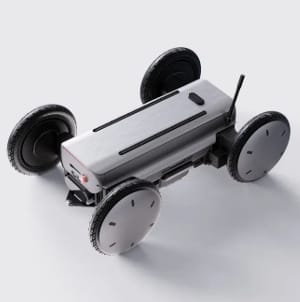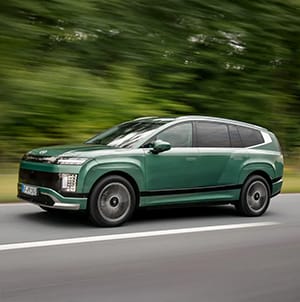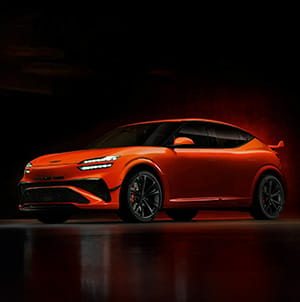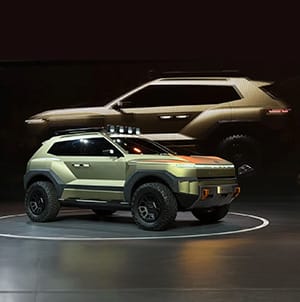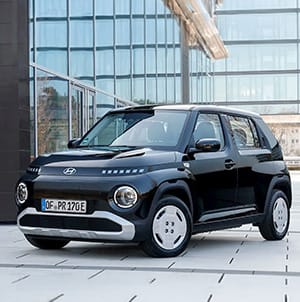Hyundai Worldwide Global Navigation
- Go to Global Distributors page
- KR
-
SearchRecommended search terms
Hyundai Motor Company is celebrating the fifth anniversary of its partnership with the Healthy Seas, a nonprofit foundation dedicated to removing marine litter and restoring ocean ecosystems.
Hyundai Motor Group (the Group) and Air Liquide today announced the expansion of their strategic partnership to accelerate the growth of the global hydrogen ecosystem.
